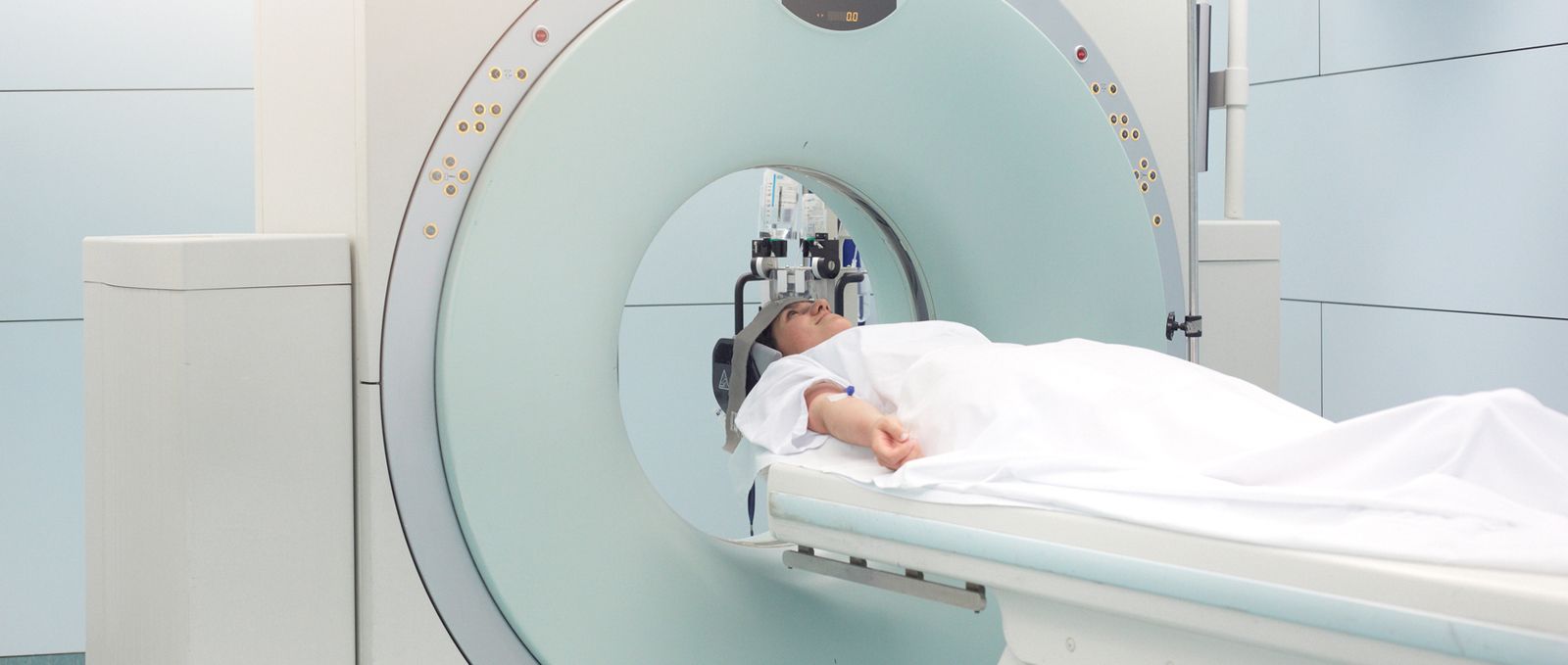Evolving Oncology
A teaching hospital realized that demand for oncological care in its region was set to rise sharply over the next few years. At the same time, healthcare provision was likely to be further concentrated – not least at this kind of hospital. This raised questions, which it put to Vintura: “How will this affect our capacity requirements?” and “How can we best organize our collaborative arrangements to distribute care fairly?”
Rising Demand
Vintura calculated the consequences for the hospital of the predicted growth in and concentration of oncological care. To do that, we built and validated a model in conjunction with medical specialists. This revealed that immediate action was needed to prevent future capacity and quality problems. Demand would grow by an average of 40-50 percent across all oncology-related functions – clinics, operating theaters, imaging, and so on – between now and 2020, with CT heading the list with an increase at 80 percent.
Regional Agreements
To nip those potential problems in the bud, our client has begun talks with other nearby hospitals. A dialogue is in their interests, too, because concentration is bound to affect their own oncological provision. The first agreements on the regional redistribution of this care have now been signed, based upon the principle that it – or at least aspects of it – should remain available outside the teaching hospital.





